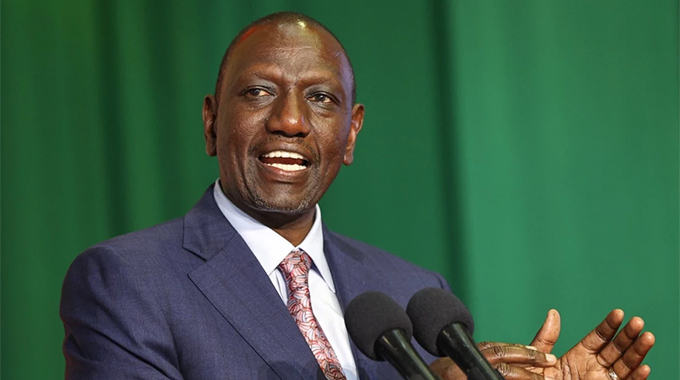Inflation unchanged
remained largely stable in the past month due to increased availability.
Statistics released by the Zimbabwe National Statistical Agency, indicated that month-on-month inflation rate in April was 0,1 percent shedding 0,7 percentage points on the March rate of 0,8 percent.
Zimbabwe’s inflation has been on a downward trend after going up in the first month of the year, peaking at 3,5 percent.
Annual inflation stood at 3,2 percent at the end of last year but increased to 3,5 percent in January before decelerating to 3 percent and 2,7 percent in February and March 2011, respectively.
During the month under review, year-on-year food and non-alcoholic beverages inflation prone to transitory shocks stood at 2,95 percent while non-food inflation stood at 2,58 percent.
Month-on-month food and non-alcoholic beverages inflation stood at 0,52 percent during the month under review, shedding off 0,11 percentage points on the March figure of 0,63 percent.
Month-on-month non-food inflation closed the month of April at -0,02 percent shedding 0,83 percent points from 0,81 percent recorded the prior month.
Inflation refers to the rate at which prices of goods and services increase over a measured time scale, usually over a period of a month and one year.
Zimbabwe’s inflation target of 4,5 percent for this year remains achievable on the back of improved capacity utilisation in companies and increased production across all sectors of the economy, mainly agriculture, mining and manufacturing.
The country now has the lowest inflation in the region brought about by improved economic management and policy consistency and predictability.
Zimbabwe’s inflation is largely driven by rising prices for food, non-alcoholic beverages, health education and services for public utilities.
Rising inflation is also associated with the strengthening of the South African rand against the United States dollar given high imports from South Africa.
“However, the major threat to the economy is the building inflationary pressures, lack of fiscal space, unsustainable high wage bill and vulnerability of the financial sector.
“It still remains critical to rationalise the pricing of public services to contain inflation within single digit margins and avoid the economy slipping back into a high inflation environment,” said an analyst with a local bank.
As the year progresses inflation is focused to remain steady as micro-economic fundamentals have recovered showing a positive trajectory.
Food security is also improving and these strides would all contribute positively to a stronger fiscal position, but more importantly disposable incomes are on the rise.
Zimbabwe’s Gross Domestic Product is expected to rise to 9,3 percent this year, which will make one of the highest in Southern Africa.








Comments